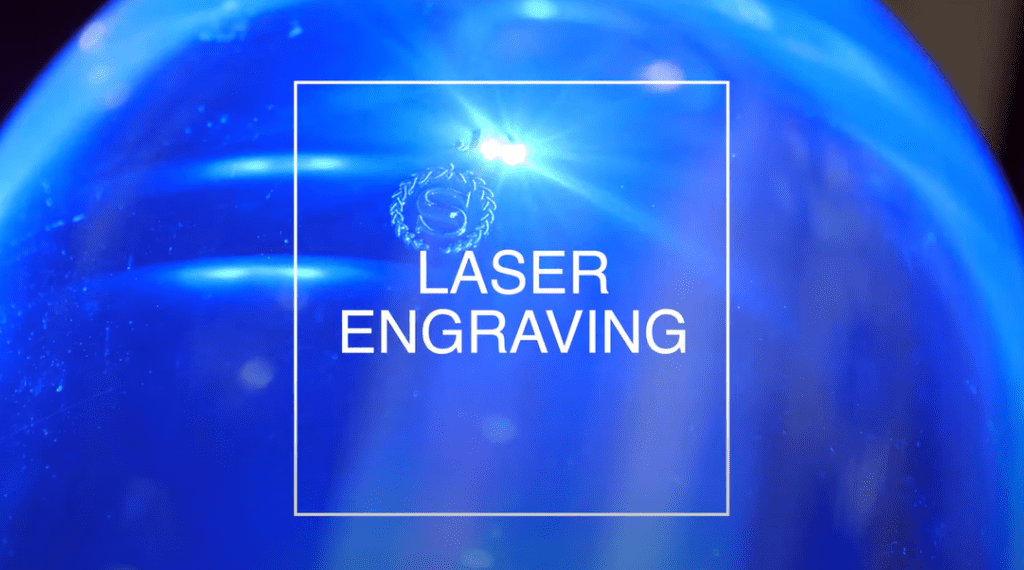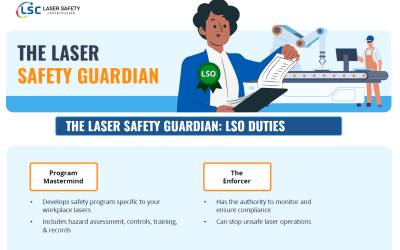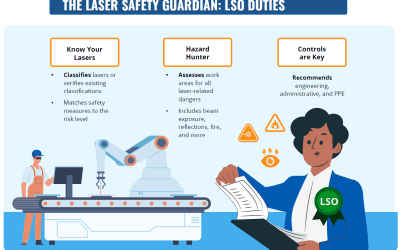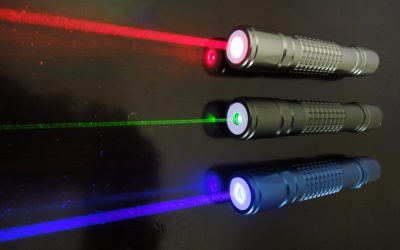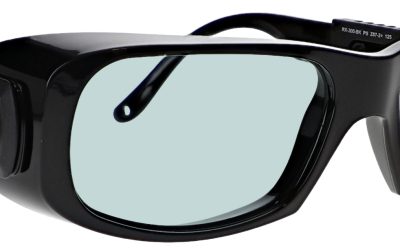What is the difference between Laser Etching and Engraving?
What is the difference between laser engraving and laser etching? Aren’t they interchangeable? The answer is no, they are very different processes since engraving is a physical process and etching is a chemical process. Engraving involves a sharp tool to cut into a surface while etching burns lines into a surface with acid.
Laser Engraving or Laser Etching?
Laser engraving is a process that cuts a cavity through the material’s surface leaving a cavity that reveals an image or writing at eye level that is noticeable to the touch as well. Laser etching, on the other hand, basically sweeps away a top layer of material without cutting into the metal and creating a crevice. Laser engraving is accomplished by using a high heat laser that causes the material surface to vaporize. In contrast, laser etching machines are less powerful and provide only a fraction of the cutting capabilities of a laser engraver.
Laser Technology
A laser is a device that emits a beam of coherent light through an optical amplification process. There are many types of lasers including gas lasers, fiber lasers, solid-state lasers, dye lasers, diode lasers, and excimer lasers.
Lasers are key components of many of the products that we use every day. Consumer products like Blu-Ray and DVD players rely on laser technology to read information from the disks. Bar code scanners rely on lasers for information processing. Lasers are also used in many surgical procedures such as LASIK eye surgery. In manufacturing, lasers are used for cutting, engraving, drilling, etching and marking a broad range of materials.
Advantages of Engraving
There are numerous advantages of engraving that can take your project to the next level. Unique advantages of engraving include:
- The laser creates high heat during the engraving process, which essentially causes the material to vaporize.
- It’s a quick process, as the material is vaporized with each pulse.
- This creates a cavity in the surface that is noticeable to the eye and touch.
- To form deeper marks with the laser engraver, repeat with several passes.
- Provides durability, speed, cost efficiency & ultimate repeatability
Engraving depth can vary between 0.02″ in metals to 0.125″ in harder materials. You can engrave almost any type of material but are most commonly used for metal, plastics, wood, leather, glass and acrylic.
Advantages of Etching
Etching shares many similarities with engraving, of which the aim is to produce crevices and lines below the surface of the material. Laser etching, which is a subset of laser engraving, occurs when the heat from the beam causes the surface of the material to melt. The depth of a laser etch is usually no more than 0.001″. Etching is a more viable option for thin materials and small projects such as jewelry. Advantages of etching, include:
- Extremely precise
- Material savings
- High speed of realization
- Available for numerous materials
- Provides durability, speed, cost efficiency & ultimate repeatability
For more information on safety
If you are doing laser etching or engraving, make sure your company is compliant with current laser safety regulations and sign up for our Laser Safety Officer (LSO) course today. Need to train others in basic laser safety? Our LSO Laser Safety Kit is the answer to set up a laser safety program.
For more information about industrial laser safety, check out our courses for Industrial Laser Safety and Industrial LSO certification. We also have an FAQ section with common answers about our courses, certification options and kit offerings. Click here for more information and get compliant today!
